Introduction
In the vast culinary landscape of Asia, steaming vegetables stands as a timeless cooking technique that preserves the natural flavors, vibrant colors, and nutritional integrity of the ingredients. Among the myriad of greens that lend themselves beautifully to this gentle cooking method, Garland Chrysanthemum Greens, commonly known as Tonghao in Chinese, occupy a unique place. Tonghao, with its delicate aroma and slightly bittersweet taste, is not only a delight to the palate but also a treasure trove of vitamins, minerals, and antioxidants. This article will guide you through the step-by-step process of how to steam Tonghao perfectly, ensuring that you bring out its best qualities in a dish that is both healthy and delicious.
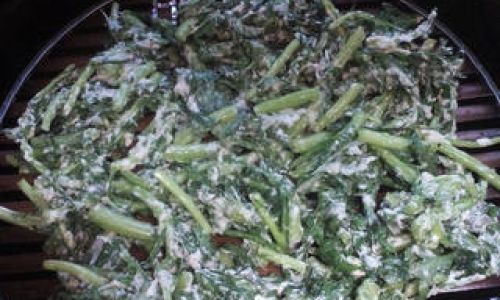
Understanding Tonghao
Before diving into the preparation, let’s delve briefly into what Tonghao is. Tonghao, scientifically named Chrysanthemum coronarium, belongs to the Asteraceae family. It is a leafy green vegetable native to Asia, particularly prevalent in China, where it has been a part of traditional diets for centuries. The leaves are narrow and elongated, with a slightly serrated edge, and they can range in color from bright green to a darker, almost spinach-like hue. Tonghao is valued not only for its nutritional benefits but also for its ability to enhance digestion, aid in detoxification, and promote overall health.
Selecting and Preparing Tonghao
-
Choosing Fresh Tonghao:
When selecting Tonghao, look for bunches that have vibrant green leaves with no signs of yellowing or wilting. The stems should be firm and not overly fibrous. Avoid bunches with any signs of mold or insect damage. Freshness is key to ensuring a pleasant texture and flavor in the final dish. -
Washing the Greens:
Thoroughly rinse Tonghao under cold running water to remove any dirt, debris, or pesticides. You may need to soak the leaves in water for a few minutes if they are particularly dirty. Pat the greens dry using a clean kitchen towel or paper towels. Excess water can make the steaming process less effective and can dilute the flavors. -
Trimming the Stems:
Depending on the thickness of the stems, you may want to trim off the thicker ends. This not only improves the appearance of the final dish but also ensures that the stems cook evenly with the leaves.
Steaming Tonghao: The Essential Steps
Steaming Tonghao is a straightforward process, but there are a few tips and tricks to ensure success. Here’s a detailed breakdown:
-
Preparing the Steamer:
- Traditional Bamboo Steamer: If you have a traditional bamboo steamer, soak it in water for about 30 minutes before use. This prevents the bamboo from drying out and cracking during steaming.
- Metal or Electric Steamer: Ensure that your steamer basket is clean and free of any rust or residue. If using an electric steamer, set it up according to the manufacturer’s instructions.
-
Boiling the Water:
Fill the base of your steamer with water, but do not overfill it. You want enough water to create steam but not so much that it will touch the food being steamed. Bring the water to a rolling boil before placing the Tonghao in the steamer basket. -
Arranging the Tonghao:
Spread the prepared Tonghao evenly in the steamer basket. Avoid overcrowding, as this can prevent proper steam circulation and lead to uneven cooking. If you have a lot of Tonghao, you may need to steam it in batches. -
Steaming Time:
The exact steaming time will depend on the thickness of the Tonghao leaves and stems, but generally, 3 to 5 minutes is sufficient. Start checking the greens after 3 minutes. They should be vibrant in color, tender to the touch, and still slightly crisp. Overcooking will turn the leaves mushy and lose their vibrant green hue.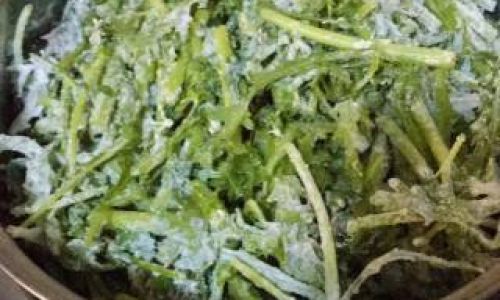
-
Testing for Doneness:
Carefully lift the steamer basket and use a pair of chopsticks or tongs to check a few leaves. They should be easily pierced with minimal resistance. If they still feel too firm, steam for an additional minute and check again.
Seasoning and Serving
Once the Tonghao is perfectly steamed, it’s time to enhance its flavor with some simple seasonings. Here are a few ideas to get you started:
-
Oyster Sauce and Soy Sauce:
A classic combination in Chinese cuisine, drizzle a little oyster sauce and soy sauce over the steamed Tonghao. Lightly toss to coat the leaves evenly. For an added touch of freshness, sprinkle with chopped garlic or ginger before serving. -
Sesame Oil and Salt:
A drizzle of toasted sesame oil and a pinch of sea salt can bring out the natural sweetness of Tonghao. This minimalist approach allows the inherent flavors of the greens to shine. -
Garlic and Chili Oil:
For those who enjoy a bit of heat, mix minced garlic with chili oil and drizzle over the steamed Tonghao. The garlic adds a savory depth, while the chili oil provides a delightful kick. -
Sesame and Soy Dressing:
Combine soy sauce, rice vinegar, toasted sesame seeds, and a touch of honey or maple syrup to create a sweet-and-savory dressing. Pour over the Tonghao and gently toss to combine.
Serving Suggestions
Steamed Tonghao can be enjoyed as a side dish or incorporated into larger meals. Here are some serving suggestions:
- As a Side Dish: Pair it with a main course of grilled meats, stir-fries, or tofu dishes. The fresh, slightly bitter taste of Tonghao complements rich, savory flavors beautifully.
- In a Salad: Once cooled, chop the steamed Tonghao and mix it into a salad with other greens, tofu cubes, nuts, and a light vinaigrette.
- Soup Garnish: Use it as a garnish for clear soups or broth-based dishes, adding a burst of color and nutrition.
Conclusion
Steaming Tonghao is a simple yet elegant way to enjoy this nutritious and flavorful green. By following the steps outlined in this guide, you can achieve perfectly tender, vibrant Tonghao that retains all its natural goodness. Whether you opt for a classic seasoning or experiment with more adventurous flavors, steaming Tonghao offers a versatile and healthy addition to your culinary repertoire. So, the next time you’re in the mood for a light, nutritious meal, give steaming Tonghao a try. Your taste buds and body will thank you!


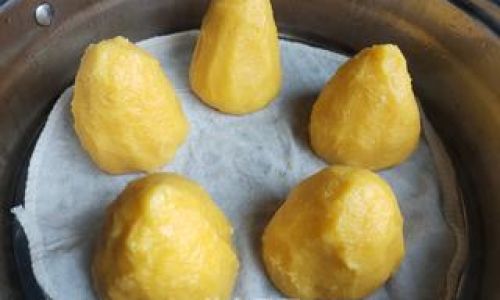
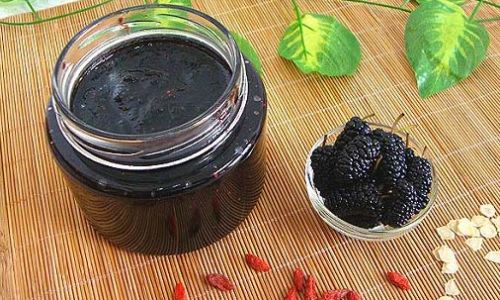

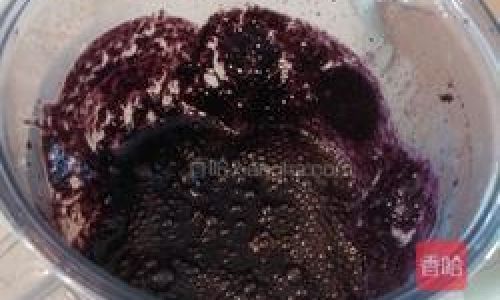
0 comments